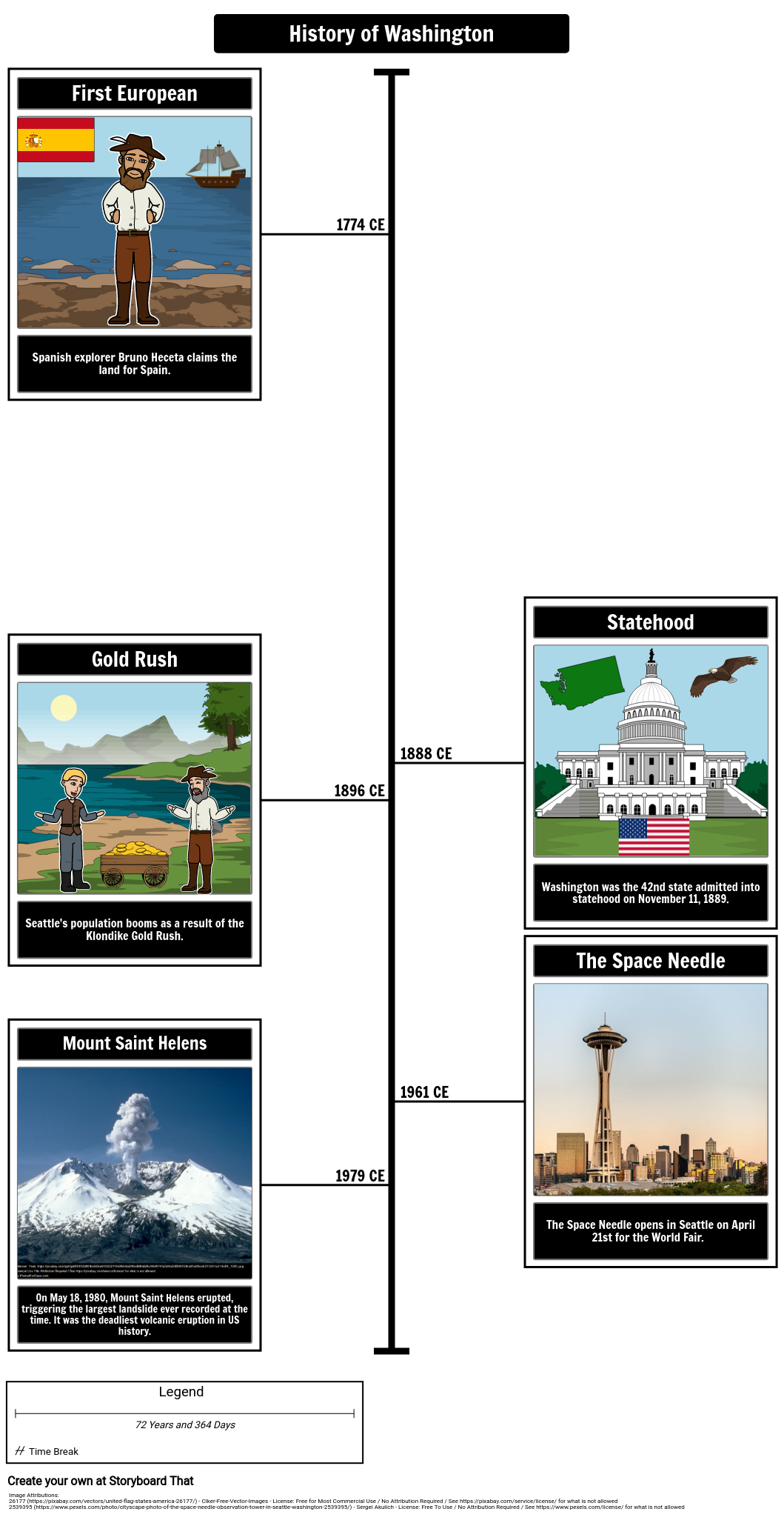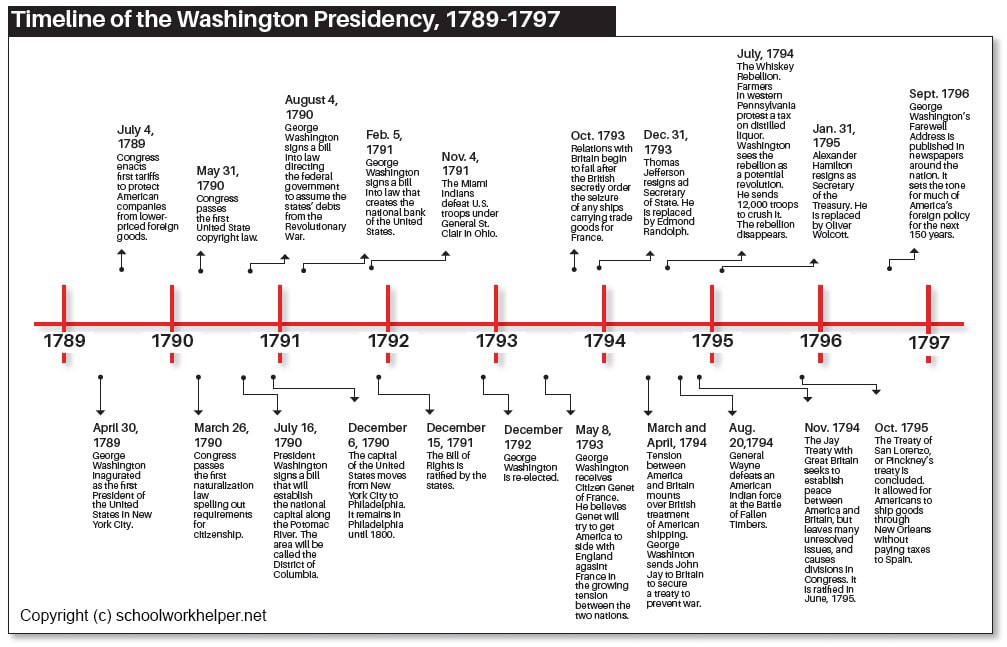
From Ancient Sands to Global Hub: A Journey Through Western Australia’s Enduring Timeline
Western Australia. The very name evokes images of vast, sun-baked landscapes, a coastline kissed by turquoise waters, and a raw, untamed spirit. It is a land of superlatives – the largest state, home to some of the world’s oldest landscapes, and a global powerhouse of natural resources. Yet, beneath this imposing facade lies a complex and compelling timeline, a story of deep Indigenous heritage, European exploration, colonial struggle, golden dreams, and an unrelenting drive to forge an identity distinct from its eastern neighbours. To understand WA is to traverse a history marked by isolation, innovation, and an unwavering resilience, a narrative that continues to unfold on its own terms.
Deep Roots: The Ancient Heritage (Pre-1600s)
Long before any European sail appeared on the horizon, Western Australia was a land shaped by the footsteps and stories of its First Peoples. For at least 50,000 years, and potentially much longer, Aboriginal Australians thrived across this immense continent, developing intricate cultures, languages, and spiritual connections to the land that endure to this day. From the saltwater people of the Kimberley to the desert tribes of the Pilbara and the Nyoongar people of the south-west, diverse communities lived in harmony with the environment, managing resources sustainably and passing down knowledge through generations.

Their timeline is etched into the very landscape: rock art sites like those in the Kimberley, ancient fish traps, ceremonial grounds, and the oral traditions of the Dreaming, which explain the creation of the world and the laws governing human existence. This deep history represents an unbroken chain of human occupation, a testament to adaptability and profound understanding of a challenging continent. It is a heritage that stands as the foundational layer of WA’s story, often overlooked but profoundly significant. As Dr. Ken Wyatt, Australia’s first Indigenous federal minister, once reflected, "Our history didn’t begin in 1788; it has existed for millennia."
Fleeting Glimpses: European Encounters (1616-1828)
While the Aboriginal people had lived on the continent for millennia, the first documented European sighting of Western Australia’s coast occurred in 1616. Dutch navigator Dirk Hartog, aboard the Eendracht, landed on an island now bearing his name off the Gascoyne coast, leaving behind a pewter plate as proof of his visit. For the next two centuries, Dutch, French, and British explorers made sporadic, often accidental, contact with the treacherous coastline. Ships like the Batavia (wrecked 1629) left behind tales of mutiny and murder, while later navigators such as Willem de Vlamingh (who charted parts of the Swan River in 1697) and Nicolas Baudin (early 1800s) made more detailed surveys.
These encounters, however, were largely fleeting. The vast, arid interior offered little appeal compared to the more fertile east coast of Australia, and the region remained largely untouched by sustained European settlement. It was a "Terra Incognita" on the maps, known more for its shipwrecks and its perceived lack of immediate resources than for its potential.
The Swan River Experiment: Founding the Colony (1829-1849)
The tide began to turn with British strategic interests. Fears of French colonisation prompted a pre-emptive strike, leading to Captain James Stirling’s ambitious plan for a free settlement at the Swan River. In 1829, the Swan River Colony was officially proclaimed, with Perth named the capital. Stirling envisioned a prosperous agricultural community, but the reality was far harsher. Settlers, often ill-prepared and facing unfamiliar soil, struggled with the challenging environment. The initial optimism quickly gave way to hardship, food shortages, and conflict with the local Nyoongar people, whose traditional lands were rapidly appropriated.
The early years were marked by a chronic labour shortage, a fundamental flaw in the "free settlement" model. Despite grand land grants, there were simply not enough hands to clear the land, build infrastructure, or work the farms. The colony teetered on the brink of collapse, its isolation proving to be both its defining characteristic and its greatest challenge.
A Colony of Convicts: Boosting Manpower (1850-1868)

By the mid-19th century, the Swan River Colony was stagnating. Desperate for a solution to its labour crisis, the colonists reluctantly petitioned Britain to send convicts. This marked a significant pivot in WA’s timeline. From 1850 to 1868, approximately 10,000 male convicts were transported to Western Australia, the last to be sent to any Australian colony.
These convicts, primarily assigned to public works, transformed the colony. They built roads, bridges, jetties, and iconic buildings like Fremantle Prison and Government House, laying the essential infrastructure that still stands today. While the stigma of being a "convict colony" lingered, the influx of labour, skills, and imperial funding provided the much-needed impetus for growth. It was a period of both hardship and progress, forever shaping the physical and social landscape of Western Australia.
Golden Dreams and Dusty Fortunes: The Rush for Riches (1880s-1900s)
The late 19th century brought a seismic shift that fundamentally altered Western Australia’s trajectory: gold. The discovery of rich goldfields in the Kimberley, Murchison, and, most famously, the Eastern Goldfields (Coolgardie in 1892, Kalgoorlie in 1893) triggered a massive population boom. Thousands of prospectors, often referred to as "t’othersiders," poured in from other Australian colonies and around the world, transforming dusty outposts into bustling, if temporary, boomtowns.
Kalgoorlie’s "Golden Mile" became one of the richest gold-bearing areas in the world. This influx of people and wealth dramatically boosted the colony’s economy and accelerated its development. Infrastructure, particularly railways, expanded rapidly to connect the remote goldfields to the port of Fremantle. The most ambitious project of this era was C.Y. O’Connor’s Goldfields Water Supply Scheme, completed in 1903 – a 560-kilometre pipeline bringing fresh water from Mundaring Weir near Perth to the arid goldfields. It was an engineering marvel, crucial for sustaining the population and industry of the region, and a testament to WA’s innovative spirit. The gold rush not only brought wealth but also cultural diversity and a burgeoning sense of self-confidence to the previously struggling colony.
Reluctant Embrace: Federation and Beyond (1901-1945)
Despite the economic boom, Western Australia remained geographically and politically distant from the eastern colonies. When the movement for Australian Federation gained momentum in the late 1890s, WA was a reluctant participant. Many feared that joining a larger federation would lead to economic exploitation by the more populous eastern states and a loss of local control. Premier John Forrest, a staunch advocate for WA, famously campaigned for the state to join, promising benefits for a strong, united Australia.
It was largely the overwhelming support of the "t’othersiders" on the goldfields, who felt a stronger connection to the proposed Commonwealth, that swayed the referendum. Western Australia joined the Commonwealth of Australia in 1901, but not without a significant internal struggle. This lingering sense of independent identity would resurface throughout the 20th century.
The inter-war years saw WA grapple with economic fluctuations, particularly the Great Depression, which hit its primary industries hard. Both World War I and World War II saw Western Australians contribute significantly to the war effort, with Perth and Fremantle playing crucial roles as naval bases and staging posts, particularly during the Pacific War.
The Resource Superpower: Post-War Boom and Beyond (1950s-2000s)
The mid-20th century marked the beginning of Western Australia’s transformation into a global resource superpower. Discoveries of vast iron ore deposits in the Pilbara region in the 1960s, followed by nickel, alumina, diamonds, and later, massive natural gas fields offshore (such as the North West Shelf and Gorgon projects), ushered in an era of unprecedented wealth and development.
This period saw massive investment in mining infrastructure, ports, and processing plants. Companies like BHP, Rio Tinto, and Woodside Energy became synonymous with WA’s economic might. The state became the "engine room" of the Australian economy, largely driven by demand from rapidly industrialising Asian nations, particularly China. Perth, once a sleepy capital, began to transform into a modern, cosmopolitan city, its skyline punctuated by skyscrapers reflecting the wealth generated from its remote outback.
This resource boom, however, also brought challenges: boom-bust cycles tied to global commodity prices, environmental concerns surrounding large-scale mining, and debates over the equitable distribution of wealth. Yet, it firmly cemented WA’s place on the global economic map. As one industry observer noted, "The Pilbara isn’t just a region; it’s a global economic force, and it’s powered by the grit and vision of Western Australians."
Modern WA: Identity, Challenges, and the Future (2000s-Present)
Today, Western Australia remains a land of contrasts and immense potential. It is a modern, multicultural society, yet one that retains a fierce sense of independence and identity. Perth is consistently ranked among the world’s most liveable cities, despite its status as the most isolated capital city on Earth. The state continues to be a powerhouse in mining and energy, but also seeks to diversify its economy into areas like technology, tourism, and education.
Contemporary WA faces new challenges: climate change and its impact on water resources and biodiversity, the need for continued reconciliation with its Indigenous population, and navigating its unique position in a complex geopolitical landscape. The COVID-19 pandemic, for instance, saw WA implement some of the strictest border controls in the world, a move that reflected its historical isolation and self-reliance, prioritising health and economic stability over national unity in a way few other states could.
The timeline of Western Australia is not merely a collection of dates and events; it is a living narrative of adaptation, discovery, and relentless progress. From the ancient stewardship of its First Peoples to the audacious vision of its founders, the feverish scramble for gold, and its emergence as a global resource leader, WA has consistently carved its own path. It is a story of a land defined by its vastness and isolation, yet connected to the world through its natural bounty and the enduring spirit of its people. As WA continues to evolve, its timeline will undoubtedly remain as dynamic and captivating as its iconic landscapes.


